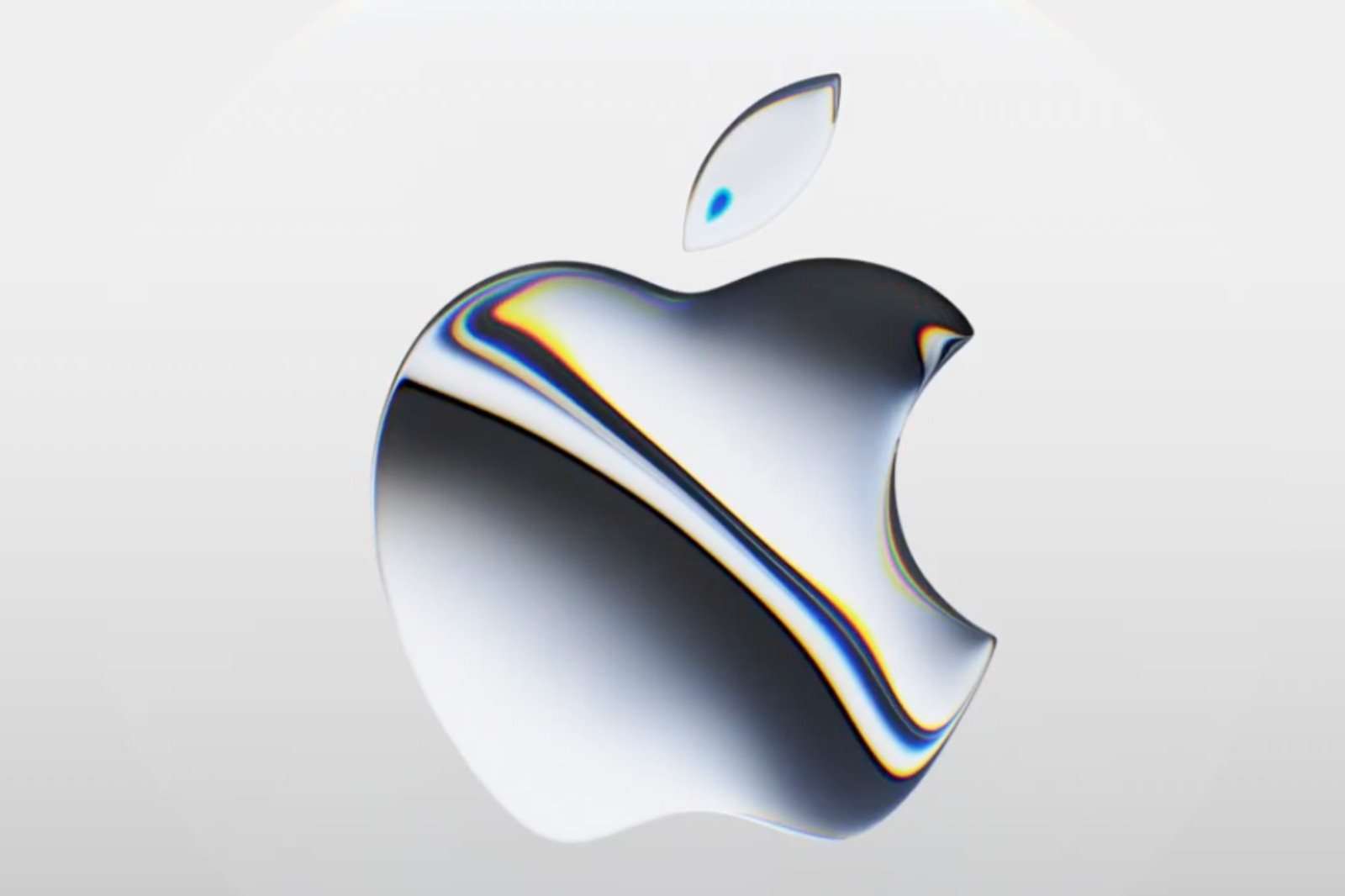The global esports market has been growing at a rapid pace, positioning itself as a key player in the entertainment industry. In 2023, the esports industry was valued at USD 1.39 billion, and experts project a robust growth trajectory with a compound annual growth rate (CAGR) of 21.0%, reaching an estimated USD 5.48 billion by 2029. This growth is driven by several key factors, including advancements in technology, increasing viewership, new revenue streams, and a surge in global investments.
Key Drivers of the Esports Market Growth
Technological Advancements
The esports industry is heavily influenced by technology, with advancements in connectivity and gaming devices significantly enhancing the overall experience for players and viewers alike.
5G Connectivity
One of the most significant technological trends in esports is the proliferation of 5G technology. With 5G’s increased internet speeds, esports players can experience smoother and faster gameplay, while fans can enjoy high-quality live streams without latency issues. This enhanced connectivity makes esports more accessible, allowing for global participation and viewership.
Artificial Intelligence (AI) and Virtual Reality (VR)
The integration of Virtual Reality (VR) and Artificial Intelligence (AI) in gaming is another driving force behind the industry’s growth. VR creates more immersive environments for gamers, while AI helps to improve game mechanics and player experience. These advancements are not only appealing to players but also to viewers, offering interactive and more engaging content.
Rising Viewership
Esports’ growing audience base is another crucial driver. The industry is no longer limited to just a niche group of hardcore gamers; it has expanded to a global audience of millions.
Live Streaming and Engagement
Live streaming platforms such as Twitch, YouTube Gaming, and Facebook Gaming are integral to esports’ rising popularity. These platforms enable viewers to watch their favorite players and teams compete in real-time, creating a dynamic and interactive experience. The increasing use of smartphones for streaming has further broadened access, allowing fans to tune in from anywhere, at any time.
Audience Interaction
Esports is built on fan interaction. Teams, players, and organizers have embraced new ways to engage with their audiences through social media, live chats, and exclusive content. The growing adoption of smartphones also plays a role, as it enhances real-time engagement and keeps viewers connected to the action at all times.
Revenue Streams in the Esports Industry
The increasing revenue generated by esports events is another key factor driving the market’s growth.
Media Rights, Sponsorships, and Advertisements
The largest share of esports revenue comes from media rights. Esports tournaments and events are becoming major attractions for broadcasters, who are willing to pay premium prices for the rights to stream and broadcast competitions. Sponsorships and advertisements are also crucial revenue sources, with major brands entering the esports ecosystem to target young, tech-savvy audiences. Companies such as Intel, Coca-Cola, and Pepsi are now regular sponsors of prominent esports events.
Esports Tournaments and Events
Esports events, such as The International (Dota 2), League of Legends World Championship, and Fortnite World Cup, offer substantial prize pools, which in turn attract a significant audience. The investment in esports tournaments continues to rise, with more brands and media outlets capitalizing on the growing interest in these events.
Regional Growth and Expansion
Esports is expanding across the globe, with different regions exhibiting diverse growth patterns.
North America
North America remains the largest market for esports, thanks to its advanced digital infrastructure and strong gaming culture. Esports events in the region continue to draw massive crowds, both in-person and online, and top-tier teams from countries like the U.S. and Canada are highly competitive on the international stage.
Asia-Pacific
In Asia-Pacific, the esports market is growing rapidly due to the region’s increasing digitalization and high number of mobile gamers. Countries like China, India, and Japan are significant players in this market, with mobile gaming and esports viewing growing at a remarkable rate.
Europe
Europe’s esports industry is also seeing strong growth. The presence of major esports organizations, events, and a supportive regulatory framework contribute to its rapid expansion. The region is expected to experience the fastest growth rate between 2024 and 2029, driven by increasing investment and favorable regulations.
Challenges Facing the Esports Ecosystem
Despite the strong growth prospects, the esports industry does face some notable challenges.
Health Concerns Linked to Prolonged Gaming
One of the major concerns in the esports world is the impact of prolonged gaming sessions on players’ health. Issues such as eye strain, mental fatigue, and repetitive strain injuries are becoming more common among professional gamers. Addressing these health concerns through regulations and player welfare programs is essential for the industry’s sustainability.
Gambling, Betting, and Match-Fixing
The rise in esports betting has also led to concerns about match-fixing and the overall integrity of the competitions. Several incidents of match-fixing have been reported, undermining the credibility of certain events. Regulatory bodies and industry stakeholders must work together to address these issues and ensure fair play.
Need for Standardized Regulations
As the industry continues to grow, the lack of standardized regulations for esports competitions and player conduct remains a key challenge. A uniform set of rules and guidelines is necessary to ensure the stability and professionalism of the ecosystem.
Key Trends Shaping the Esports Future
Metaverse Integration in Esports
One of the most exciting developments for esports is the integration of the metaverse. The concept of the metaverse—an interconnected virtual world where people can interact in real-time—is rapidly gaining traction in the gaming industry. Esports tournaments in the metaverse could offer unique virtual experiences, where fans can interact with their favorite teams and players in a fully immersive digital environment.
Franchise Leagues: The Future of Competitive Esports
Esports is becoming more professionalized, with the rise of franchise leagues offering substantial prize pools and stable team ownership. Games like League of Legends and Call of Duty are leading the charge in this direction, offering teams consistent opportunities to compete at the highest levels. This model encourages long-term investments and gives teams the stability they need to build sustainable esports businesses.
Mobile Gaming: Dominating the Future
Mobile gaming is rapidly becoming the dominant force in esports, especially in regions like Asia-Pacific and Latin America, where smartphones are the primary gaming device. As mobile games continue to evolve, competitive mobile esports events are expected to see a significant increase in viewership and participation.
Competitive Landscape in the Esports Industry
The esports ecosystem is competitive, with major companies innovating to capture market share.
Leading Players in Esports
Key players in the esports market include:
- Activision Blizzard, Tencent, and Riot Games for game development.
- Twitch and YouTube for streaming services.
- Sony and Microsoft for gaming hardware and consoles.
- Intel’s partnership with the International Olympic Committee for virtual esports events.
New Technological Innovations
Companies like DLive have launched mobile streaming features to enhance the viewer experience, while game developers are working to introduce new features that will improve player engagement and viewing experiences.
Future Prospects for the Esports Industry
The esports industry is poised for significant transformation in the coming years. As emerging technologies continue to shape the gaming landscape, esports will increasingly blend with other digital entertainment forms, creating a more immersive and global experience for players and fans alike.
By embracing the challenges and seizing opportunities presented by new technologies, esports can continue its upward trajectory, becoming a permanent fixture in the entertainment ecosystem.
FAQs
1. What is driving the growth of the esports market?
The growth is driven by technological advancements, such as 5G connectivity, the integration of VR and AI, and increasing audience engagement through live streaming platforms. Investments by major companies also contribute to the industry’s rise.
2. How big is the global esports market expected to be by 2029?
The global esports market is expected to reach USD 5.48 billion by 2029, growing at a CAGR of 21.0% from its 2023 valuation of USD 1.39 billion.
3. What are the main challenges facing the esports industry?
Challenges include health concerns related to prolonged gaming, issues of match-fixing and betting, and the need for standardized regulations across the esports ecosystem.
4. How is mobile gaming influencing the esports market?
Mobile gaming is dominating esports, especially in regions like Asia-Pacific and Latin America, where smartphones are the primary gaming device. Competitive mobile gaming is expected to grow rapidly.
5. What is the future outlook for esports?
Esports is set for transformative growth, driven by the integration of technologies such as the metaverse and VR. The market will also benefit from the rise of franchise leagues, mobile gaming, and increasing viewership
ALSO READ:
https://flarenews.pk/2024/11/28/smartphone-market-rebounds-in-2024-driven-by-android-growth/



